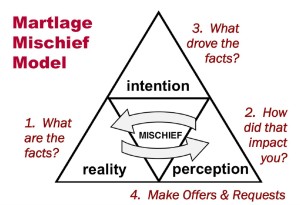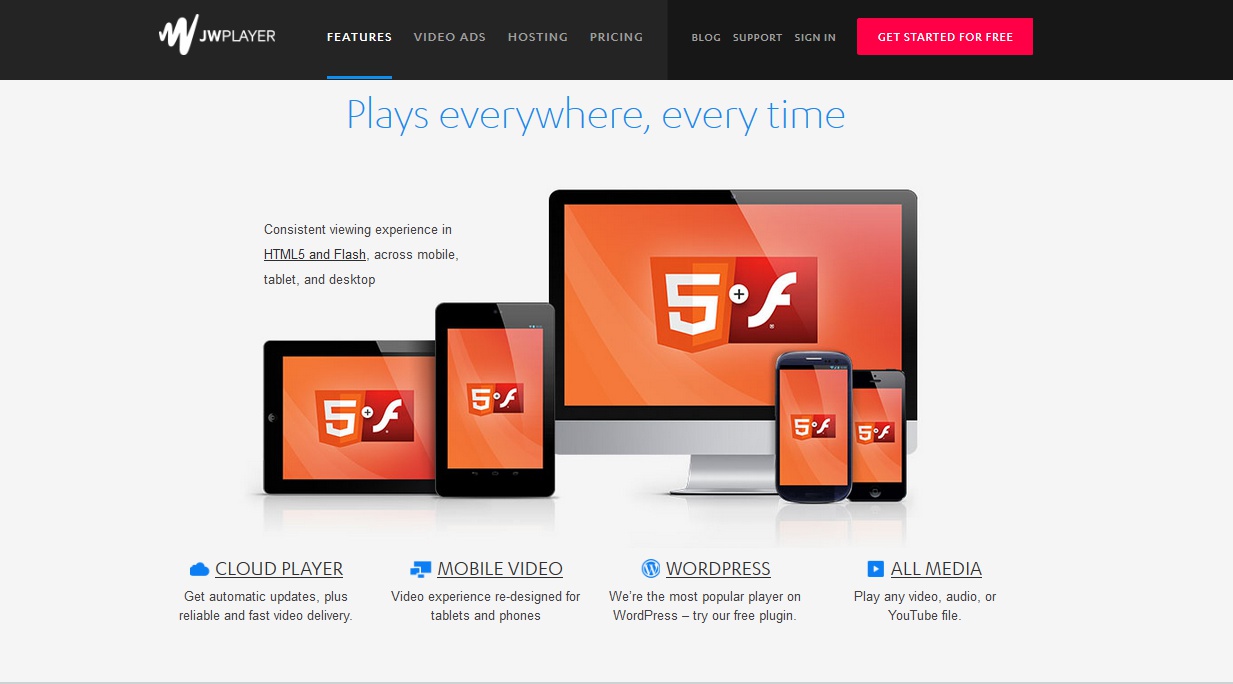Recently I was in the midst of a redeployment effort as the project I was working on was put on hold. My manager and other leaders would ask me, “what do you want to do next?” I had some vague concepts of the things I wanted to do, but it was very difficult to articulate them. In the back of my mind I kept saying: “I just want to still be employed.” That was not an issue, thankfully, but it seemed everyone was allowing me to think of what I wanted to do, and I had no thoughts.
I met with my mentor and with other managers to learn how they though about transitions, and I was able to learn some very interesting bits. I don’t think that any of this is revolutionary, but it created an easy way for me to answer the question: “What do you want to do next?”
Big Dreams
The first thing that I learned was to set my mind free and say: What are my big dreams? This includes retirement and spending long days in the beach with my family. This is everything, all your dreams onto a piece of paper. Then do a second paper, more structure and this will be just your professional Big Dreams. (I’ve included a simplified version of mine)

As you see I’ve put age just to have some context and some titles, but mainly it will give you some context. It provides just jumping points, but if someone asked me what do you want to do next I would just be able to answer: “Eventually I want to be a Director, maybe internationally, in either Marketing or Strategy or some combination of all of that.” It does not answer what I want to do next, but it does give you a good next milestone.
What should I do next in 5 steps
Step 1 – What kind of work do you want to do?
There are infinite permutation of work that you could do and you would enjoy doing. Think broadly, things like “exciting work” or “working close to customers” or “working close to the product” or “thinking about long term strategy” or all of the above. This could change on your next leap, but shouldn’t vary too much.
I want my work to be exciting, important to the company, and strategic and forward looking.
Step 2 – What is your history?
Think about the past 3 or 4 roles you’ve done and list them out. For me they would be: I was a developer, then a general manager, then in market research, then a program manager. This gives you context; do I want to do more of software development with a twist or a project manager over something bigger? Or I want to use my MBA degree into something more like marketing. Start thinking about skills that you have acquired and what you want to develop
Step 3 – What skills do you want to develop in the next 5 years?
Remember my statement: “Eventually I want to be a Director, maybe internationally, in either Marketing or Strategy or some combination of all of that.” To get that I need to develop a few skills. I know that where I work to be promoted to director I have to be 6 Sigma Green belt certified; I need that skill. After talking to a few people that are in those roles, I saw that I need to learn more about the products and customers. Think about the skills that you will need for that next milestone
Step 4 – Convert that milestone into possibilities
Look for positions that would be possibilities for the milestone. I looked in my organization and there were a few positions that I would say, yes that is what I want to do. One of them was Director of Competitor Intelligence, another was Director of Market Strategy and Planning, and another Director of Market Segment in Mexico. These were places that would fit my milestone, I want to get there, so finally, which role/s would take me there.
Step 5 – List the roles that will take you to your next milestone
It has become evident that I might have to be in 2 more roles before I get to be a Director, but that is fine, as long as I can identify a few roles that:
- Take advantage of my past skills
- Give or strength my desired skills
- Are congruent with my overall type of work I want to do
That is the last step, find 2 or 3 roles that would lead you to that milestone. I talked to the directors that hold the positions I want and learned about their path. Some took a longer path because they had to gain more experience or education. Others had similar roles than those I want to pursue, so I could relate easily. We discussed the skills and which roles provided particular skills that I have to master.
Putting it all together
 A mentor shared a similar slide that puts all those steps into one visual image. As you see each part has a number, but you can fill it out in any way you want, as you are putting things together. You will probably have to do a few passes before you can say that you are satisfied. In the end I had 3 jobs I thought would be good next steps and looked for open positions. One spot I interviewed and discussed the skills I wanted to gain and those that I was bringing; the manager agreed that I would make a good fit.
A mentor shared a similar slide that puts all those steps into one visual image. As you see each part has a number, but you can fill it out in any way you want, as you are putting things together. You will probably have to do a few passes before you can say that you are satisfied. In the end I had 3 jobs I thought would be good next steps and looked for open positions. One spot I interviewed and discussed the skills I wanted to gain and those that I was bringing; the manager agreed that I would make a good fit.
I don’t think I will update my slide until next year, when I will start again thinking about next steps. In the meantime, I have a lot of material to read to catch up to the rest of the team.
Here is a template that you can use: Template














 First is the
First is the  Another tool that I’ve learned comes from
Another tool that I’ve learned comes from 



